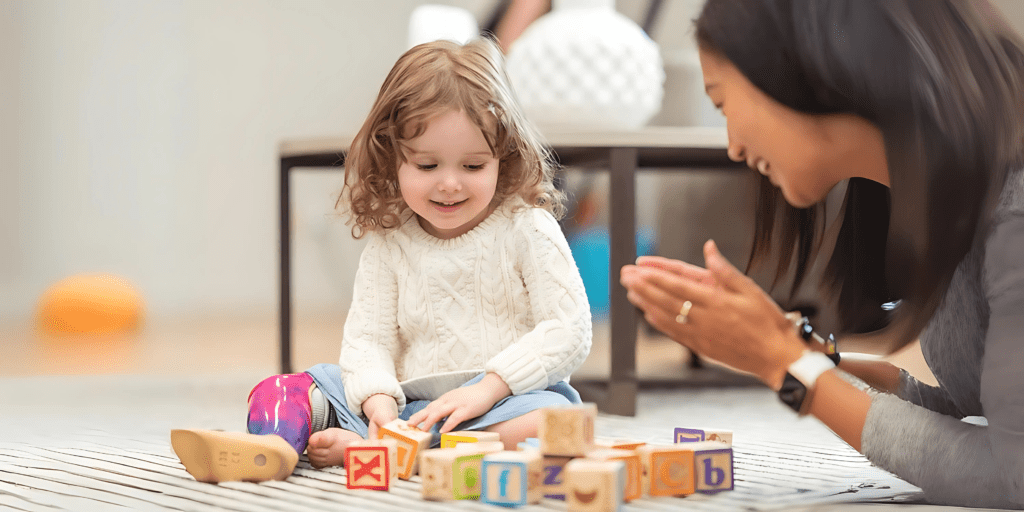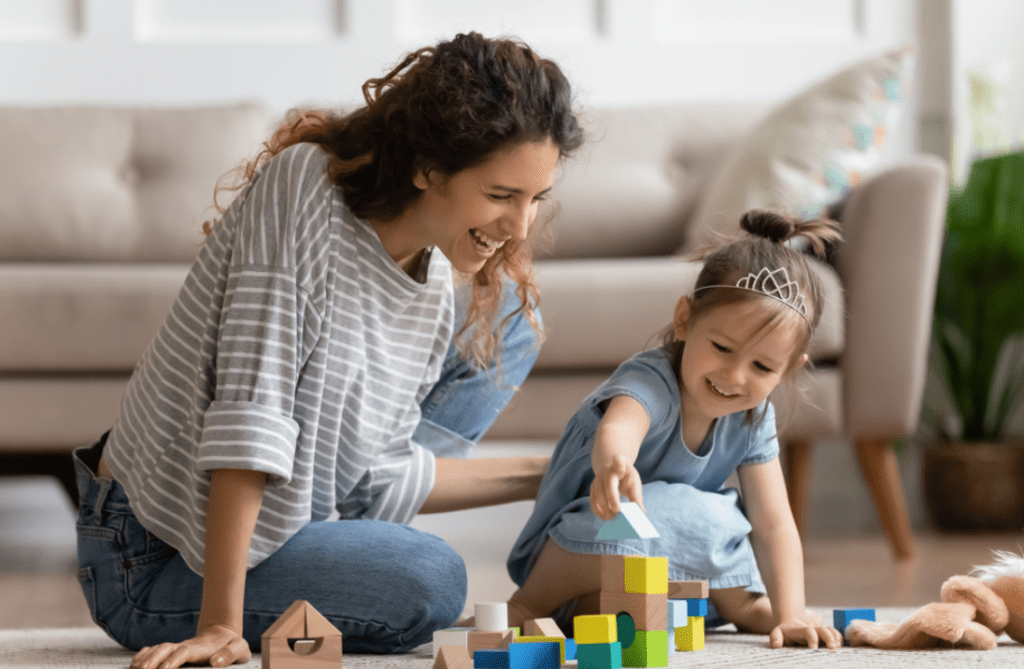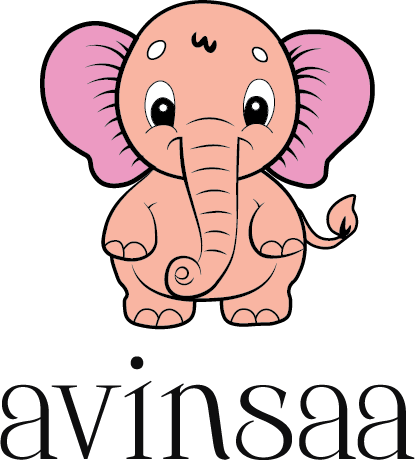
Each child has a unique way of learning. Some learn by seeing, some by listening, and others by doing. Do you know which works best for your child? We’ve got you covered! Answer these four easy questions to discover how your child learns and explores the world around them.
Finding Your Child’s Expression Style: How They Share Their Thoughts and Feelings
Learning styles impact how we see the world and how we express ourselves. Watching how your child communicates can give you clues about their learning style.
- Children who are auditory learners usually express themselves by talking. They follow spoken instructions easily, love conversations, and sometimes talk a lot. They also prefer reading aloud instead of silently.
- Visual learners often use facial expressions to communicate. Even at a young age, they’re good at showing emotions through their faces and pay close attention to the faces of others.
- Kinaesthetic learners express themselves through touch. They often fidget, enjoy touching objects, and like to be physically active. They may also copy others’ movements, like hand gestures or the way someone walks.
- By observing these behaviors, you can understand how your child learns and interacts with the world.

What Are Your Child’s Interests? Discover Their Passions
Learning styles often align with children’s interests. What does your child enjoy? Can you connect their hobbies to a specific learning style?
- Auditory learners typically have a strong interest in music and sounds. They easily remember song lyrics but may struggle to recall details from a book. These children enjoy music-related games and activities, and they often look forward to music class at school. Additionally, auditory learners can be easily distracted by background noise.
- Visual learners usually gravitate toward reading and watching television. The common thread between these activities is visual stimulation! They are often captivated by photographs and interesting objects. Due to their love for reading, visual learners tend to have a rich vocabulary and a vivid imagination.
- Kinaesthetic learners thrive on physical activity. Whether it’s swimming, running, playing football, or basketball, these children often favor subjects that involve movement, such as sports and art. Reading is typically not their favorite activity. Kinaesthetic learners require exercise and enjoy staying active, finding it challenging to sit still for extended periods.

What’s Your Child’s Problem-Solving Style? Exploring Their Methods
Every individual utilizes their strengths to tackle problems, so it’s important to observe how your child approaches challenging tasks.
- Auditory learners prefer to discuss problems and explore potential solutions in depth. You might notice them talking to themselves while doing homework or reading, as they verbalize their thought process.
- Visual learners pay close attention to details and quickly spot inconsistencies. They often prefer using graphics, charts, or posters to work through problems and rely on visual aids like flashcards or notes to enhance their understanding.
- Kinaesthetic learners tend to solve problems using hands-on methods. For instance, they might count on their fingers during math exercises or hold a pen while reading. These learners benefit from learning tools that can be touched and
manipulated, which helps them navigate problem-solving more effectively.
Which Learning Style Is the Easiest to Recognize?
Make thoughtful observations based on genetics, keeping in mind that there are many exceptions, so avoid making broad
generalizations. However, it’s helpful to consider these common trends.
- Girls often tend to be auditory learners. From infancy, they are morev attuned to sounds than boys, which helps them develop language skills earlier and start reading sooner. In contrast, boys generally exhibit stronger visual attention and may understand spatial concepts, grammar, and mathematics more quickly.
- Learning styles can also be hereditary. Many children inherit their learning styles from their parents, often reflecting a combination of both Mom’s and Dad’s styles. If both parents share a similar learning style, it’s likely that your child will exhibit that same style.
Tip: Engage with teachers and others who interact regularly with your child. No matter how much time you spend together, outside perspectives can reveal different tendencies and insights into your child’s learning style. Childcare professionals, preschool teachers, or pediatricians may offer valuable viewpoints that you might not have considered.

Conclusion :
Understanding your child’s learning style is important for helping them succeed. By paying attention to how they learn, what they enjoy, and how they solve problems, you can better support their education. Remember that each child is different, and while some traits may come from genetics, their experiences also shape how they learn. Talking with teachers and
caregivers can give you more insights into your child’s learning style. By fostering your child’s unique way of learning, you can help them thrive in school and beyond. For more helpful resources and guidance, check out Avinsaa.
FAQ’s
How can I determine my child's learning style?
You can identify your child’s learning style by observing how they express themselves, solve problems, and what interests them. Engaging in discussions with teachers and caregivers can also provide valuable insights.
Can a child's learning style change over time?
Yes, a child’s learning style can evolve as they grow and encounter new experiences. It’s essential to remain adaptable and attentive to their changing needs.
Are learning styles hereditary?
Learning styles can be influenced by genetics, and many children may share similar styles with their parents. However, individual experiences and environments also play a significant role.
How can I support my child's learning style at home?
You can support your child’s learning style by providing resources that cater to their preferences. For example, if they are auditory learners, encourage discussions and provide audiobooks. For visual learners, use charts and videos, and for kinaesthetic learners, offer hands-on activities.
What should I do if my child’s learning style differs from mine?
Embrace the differences by learning about and accommodating your child’s unique style. This will help you better support their learning journey and foster a positive educational experience.
SEARCH
CATEGORIES
![]() Newborn Care
Newborn Care
![]()
![]()
![]()
![]()
![]()
![]()
![]()
![]()
![]()
![]()
![]()
![]()
![]()
![]()
![]()
![]()
![]()
![]()
![]()
![]()
![]()
![]()
![]()
![]()
![]()
![]()
![]()
![]()
![]()
![]()
![]()
![]()
![]()
![]()
![]()
![]()
![]()
![]()
![]()
![]()
![]()
![]()
![]()
![]()
![]()
![]()
![]()
![]()
RECENT POSTS


The Impact of Colorful Wooden Toys and Kidswear on Child Psychology
Home Toys and clothing play an essential role in a child’s mental and emotional…


Delightful Tummy Time Experiences with Wooden Toys
Home Tummy Time for Babies: Fun with Wooden Toys Tummy time is an essential…


The Science of Fun: Why Slides Are a Kid’s Favorite for Active Play
Home Children are naturally drawn to slides, whether at a playground, water park, or…





